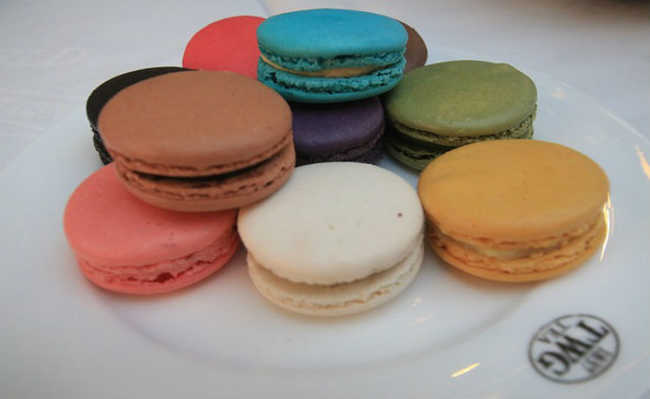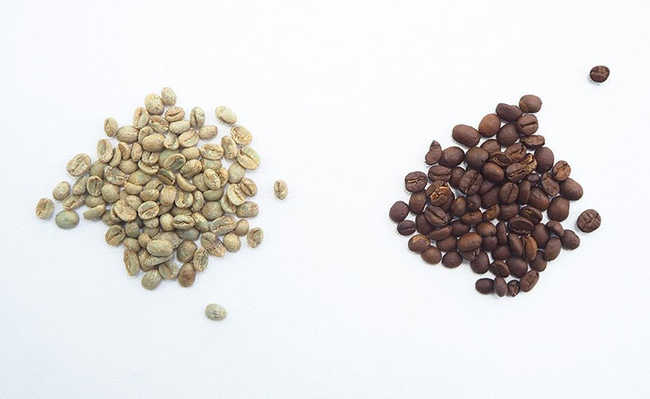How to clean microwaves sustainably
Use water and lemon to efficiently clean the microwave. Understand

How to clean the microwave, or, in informal spelling, "microwave"? This device is "miraculous" as it saves a lot of time when preparing food. Disposing of the microwave when its useful life is at an end is complicated. Even so, one cannot deny the practicality it offers on a daily basis. But what about when the food gets too hot and the content ends up overflowing and dirtying the entire interior of the microwave? The way is to scrape off these leftover food scraps and then wipe them off with a paper towel, right? It may even be, but this method, in addition to being tiring, makes you waste paper and is ineffective. There is a simpler, more efficient and more sustainable way to clean the microwave and get rid of its bad smell.
This trick takes just five minutes and can be done with affordable ingredients. Follow the step-by-step instructions on how to clean the microwave below and check out the video above (produced by the team at eCycle portal and available on our YouTube channel ); then check the experiment when the frequent "accident that stains the microwave" happens:
How to clean the microwave
Necessary material
- 500 ml of water;
- 1 bowl (glass or special plastic for use in microwave ovens - do not use other types not recommended, they may release dioxins and bisphenol) with a capacity of 500 ml;
- 1 lemon.
Procedure
- Cut the lemon into slices. Then place the water and slices inside the bowl. Important note: do not cover the container! Expanding water vapor can cause the bowl lid to explode;
- Be careful when boiling water in the microwave, as there is a risk of overheating the water if it goes beyond the boiling point without bubbling. If this happens, boiling water bubbles can suddenly appear, causing severe burns. To prevent this from happening, there are some precautions you should take. Choose a container that is not completely smooth (to facilitate adherence when you touch it) and place a wooden spoon, chopstick or toothpick in the water (this measure will help the water to bubble more easily - see how to proceed in the article : "How to boil water in the microwave");
- With these precautions taken, heat the bowl for two or three minutes (depending on the microwave power) until the water begins to boil;
- Once the warm-up period is over, wait two minutes before opening the door. This period is important to avoid accidents and for the steam to release trapped food particles. It will also allow the lemon to spread a fresh, citrusy aroma inside the equipment;
- Did you wait this time? Now, carefully remove the bowl with water and lemon and clean the inside using a damp cloth. Then clean up any food leftovers that are already softened and easily removed;
- To avoid having to do this procedure every time, put a protective lid when heating food in the microwave, especially those with sauce.
Understand
Lemon works to clean the microwave because its juice, rind and other parts contain a substance called limonene. Limonene is a terpene found in citrus vegetables and, in addition to being degreaser, it has antibacterial properties. Escherichia coli, a sakazakii Cronobacter and the Listeria monocytogenes, preventive effects on breast cancer, antifungal properties against species of Candida and naturally insecticidal properties!That's why, in addition to being a great friend in cleaning, the limonene present in lemon can also be used in beauty care, health care and even in the organic garden at home. To understand more about terpenes like limonene, check out the article: "What are terpenes?".
The advantage of using lemon to clean the microwave is saved health. Cleaning products have hundreds of chemicals with known toxic effects and other potential problems. To learn more about this topic, check out the article: "Researcher lists risk of possible damage caused by cleaning products". There are other advantages of cleaning the microwave with lemon, which are economy, practicality and sustainability.
Using lemon to clean the microwave, after all, does not generate toxic waste or plastic packaging after use - which conventional cleaning products usually generate. But that's if we don't take into account the sponge used for cleaning. Did you know that the most used sponge (polypropylene) is not recyclable? But there is a natural alternative to it, which in addition to being more hygienic and sustainable, is less abrasive for household utensils: vegetable loofah. Understand more about this theme by reading the article: "Vegetable loofah: sustainable option to replace the synthetic sponge".
Now that you know how to sustainably clean your microwave, get to work!










